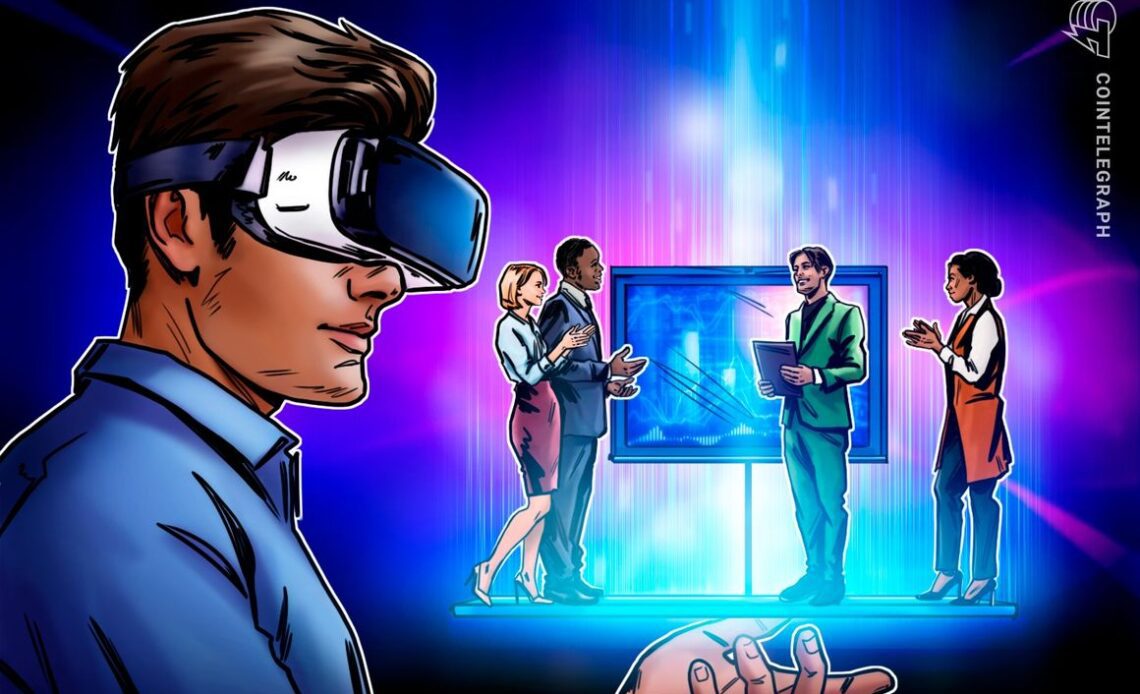Event management in the metaverse
The planning, coordination and execution of various events within virtual and augmented reality environments are referred to as event management in the metaverse.
The fusion of physically persistent virtual reality with virtually improved physical reality yielded the metaverse, a communal virtual shared place. It includes immersive digital environments like augmented reality (AR), virtual reality (VR), and others.
In this context, event management entails producing and presenting events in these digital spaces, including conferences, concerts, exhibitions, workshops, social gatherings and more. This article will discuss how an event is hosted in the metaverse.
Steps to host an event in the metaverse
Hosting an event in the metaverse involves several key steps to create an engaging digital experience. These stages, which include defining the concept and goals (pre-event preparation), platform selection, content creation and event execution in a virtual setting, pave the way for an immersive event that appeals to a worldwide audience.
In the dynamic metaverse, successful event hosting is completed by post-event activities, including getting feedback and maintaining connections.
Step one: Define the event concept and goals
The pre-event planning phase is the first and most important step in organizing a successful event in the metaverse. This pivotal phase entails several tactical choices and acts that set the stage for the entire event.
It involves setting clear goals, assembling an expert team, selecting the right platform, budgeting adequately, handling legal issues and developing an interesting event concept. This thorough groundwork is essential for the succeeding stages of event conception and implementation within the dynamic and immersive metaverse.
Step two: Technical setup
The technical setup step transforms the event concept into a functional virtual experience. Setting up the selected metaverse platform, producing avatars or digital representations, and developing the virtual space are required.
Furthermore, integrating interactive elements like live chat, virtual networking areas and multimedia presentations is essential to engage the audience. To provide a seamless experience, it is also crucial to ensure flawless audio-visual quality, verify user accessibility and resolve technological issues.
Step three: Marketing and promotion
The emphasis switches to creating buzz and luring attendees during the marketing and…
Click Here to Read the Full Original Article at Cointelegraph.com News…
